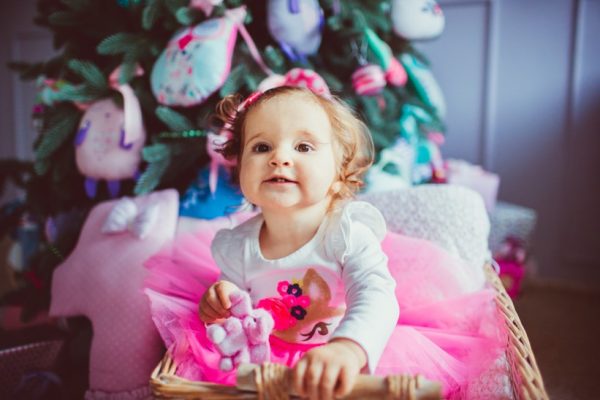
How to protect your baby’s teeth and smile
Babies toothless smiles looks very cute. Once the baby starts getting the first teeth, parents might rush to doctor to understand why baby is crying. Baby’s first 20 primary teeth are already present at birth but hidden in jaw. These teeth will start appearing in baby between 6 to 12 months. Teething is very painful, and baby needs constant attention.
By age of three most children will have full 20 primary teeth. In general, the top and bottom front two teeth will appear in babies. The tender gums will start irritating and paining the little one. A gentle rub of gums using clean soft cloth, clean finger, cool spoon will help to sooth. While teething if baby is cranky, cries a lot consult your pediatrician.
It is important to take care of baby’s teeth from the beginning. Baby’s teeth help in their development and to be healthy. Chewing food, speaking and smiling – all these depends on good teeth. If the development of teeth is not proper it could cause disturbance in adult teeth growth resulting in crowded or crooked adult teeth.
Babies also will develop cavities. Tooth decay in toddlers and infants is called Baby Bottle Tooth Decay or Early Childhood Caries. This often occurs in the upper front teeth, but other teeth may also be affected. Reasons for baby botte tooth decay are many – exposure of the baby’s teeth to sugary drinks. It can occur when baby sleeps with bottle in mouth or through pacifier. When bacteria transfers from mother to infant through saliva (food tasting using baby’s spoon, cleaning pacifier in her mouth) tooth decay can initiate.
How to take care of baby’s teeth?
- Clean baby’s mouth after few days of birth. Wipe gums using a clean moist gauze or clean soft cloth.
- To avoid decay of primary teeth, as soon as the first few teeth appears talk to pediatrician and get baby’s teeth checked.
- Start brushing teeth as soon as they get most teeth. For children under age 3, use fluoride toothpaste – smear very little toothpaste – size of a grain of rice.
- Brush teeth twice – morning and evening. Help child to brush and ensure they are brushing properly and don’t swallow toothpaste.
- For children aged 3 to 6, use pea sized amount of fluoride toothpaste. Generally, brushing twice a day – morning and night is good for teeth health. Tell child not to swallow toothpaste. Have them clean gums and tongue.
- Don’t give adult toothbrush to child. Let them use children brush.
- Flossing helps to remove any food that stuck in between teeth. Help child to floss or parents can floss child’s teeth.
- Do not fill baby’s feeding bottle with sugar water, juice or soft drinks. Use feeding bottle to fill only the formula, milk or breast milk. Wash feeding bottles properly.
- Once the baby turns one, encourage baby to drink using sip cup.
- Use a different spoon to taste baby’s food. Clean pacifier using warm water and check in light whether pacifier is blocked. Do not put pacifier in your mouth to clean.
- Feed baby those food that support kids’ teeth and avoid foods that cause teeth decay. Avoid feeding or do not feed sugary drinks, candies, sticky sweet foods.
Taking care of infants’ teeth from the beginning will help them to have good teeth and good health in future.
Image credit: Christmas photo created by v.ivash – www.freepik.com (Free for commercial use)
Author: Sumana Rao | Posted on: January 1, 2021
« Parents Beware of Growing Social Media Challenges During Pandemic Tips to teach children to wear face mask »






















Write a comment